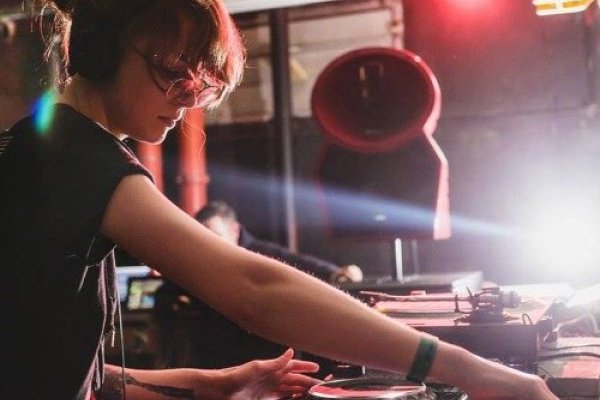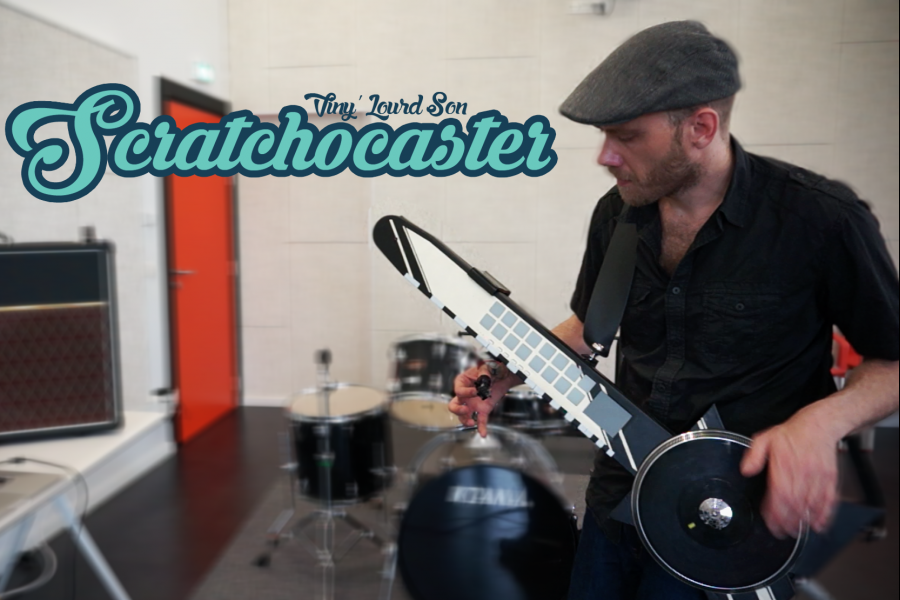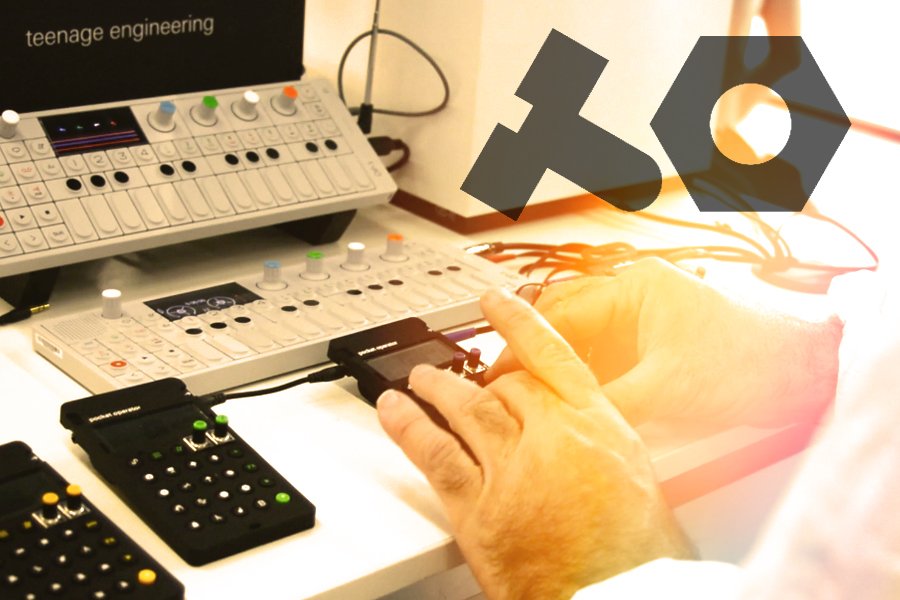The History of Electronic Music - from Noise to Techno
Electronic Music has clearly entered the mainstream and has been incorporated into many different genres the world over. But it wasn’t always that way. Today we take a look back at the history and development of electronically-produced music.
The Beginnings
At the beginning of the 20th century, the foundation was already laid for today's electronic music, as it was discussed how music for the modern age could be designed. The Italian futurist Luigi Russolo was thrilled with the big city noise of trams and cars. In his 1913 published manifesto "L'arte dei rumori" ("The Art of Noise"), he propagated the "sound of noise" and a departure from purely musical sounds.
The resulting movement "The Art of Noise", which produced compositions inspired by the mechanical and electrical back and forth of the city, can be described as the foundation of today's rave culture. The so-called futurists built boxes into which they played the sounds of sirens, horns and pipes. Thus, they already created techno - only for the time being without the inclusion of beats.
In 1948, the composers Pierre Schaeffer and Pierre Henry cut and re-joined magnetic tapes to create compositions with sound pieces from various sources - a first example of sampling. This tape collage of everyday sounds marked the beginning of the "Musique Concrète", which gave a decisive impetus to electronic music. In the 1950s, the German composer Karl-Heinz Stockhausen perfected the “Tonbandklebetechnik”, producing purely technically constructed music for the first time.

Karlheinz Stockhausen.
The Seventies
On their album "Autobahn" from 1974, the German band Kraftwerk mixed minimalist pop and electronically generated music, establishing the style that was later called Electro.
Kraftwerk, Autobahn, 1974.
The Italian disco producer Giorgio Moroder used synthesizers for repetitive dance rhythms in the 1970s. His 1977 track “I Feel Love”, produced for Donna Summer, is considered a milestone in electronic dance music.
In the late seventies and early eighties, analog synthesizers gave way to digital synthesizers and samplers. The first samplers were extremely expensive and sometimes cost more than $100,000. This changed in the mid-eighties with the development of cheaper alternatives, which paved the way for electronic music production. Jean Michel Jarre, Tangerine Dream, Can, New! Or Brian Eno, for example, did important pioneering work here. The German band Einstürzende Neubauten or the Swiss group Yello also experimented with noises and electronic sounds and brought innovations in the field of sampling and new rhythm structures.
Einstürzende Neubauten, live, 1990.
Industrial
On the basis of electronic avant-garde music and the "Musique Concrète" developed in the 1970s in Europe, Industrial was born (such as Throbbing Gristle, Cabaret Voltaire and SPK). Typical of this direction were machine-like sounds, often enriched with samples of city noise or screams. Many techno producers were in turn inspired by the Industrial sound.
The Eighties
In the period around 1980, electronic music was gaining in popularity due to the increasing availability of synthetic sound generation. Especially in the field of club music, synthetically produced songs took a steadily more important position from about 1980 and replaced the mainly acoustically produced Disco sound quickly.
EBM
Electronic Body Music is a style that developed mainly in Germany at the beginning of the 1980s. DAF, Liaisons Dangereuses or Die Krupps used the newly developed sequencers as part of the Neue Deutsche Welle to s create minimalist sound that was to spread throughout Europe. EBM greatly influenced the creation of the later Detroit Techno and New Beat. From Synth-Pop (Depeche Mode, for example) and EBM, Dance and Trance music began in Europe in the late 1980s.
Liaisons Dangereuses, Los Niños del Parque, 1982.
Chicago House
In the 1980s, House music emerged in the United States in the Warehouse discotheque in Chicago - a further, more minimal development of the 1970s disco sound. The early Chicago house numbers like "Love Can't Turn Around" were still characterized by a certain song structure with vocals and dramaturgy. The founders of house music are the Chicago DJ Frankie Knuckles and Larry Levan of the club Paradise Garage in New York.
Larry Levan, Paradise Garage, New York, 1987.
Acid House
Before Techno became a mass movement, Acid House, a British-born, particularly harsh and minimalist version of the Chicago House sound, caused a stir in the late 1980s (for example, Farley Jackmaster Funk, Sleezy D or Bam Bam).
Sven Väth said of the Acid movement: "The music literally invited you to let go. There was no structure, the sounds went wild, there was no beginning and no end, which meant you could only celebrate non-stop."
Farley Jackmaster Funk, I Need A Friend, 1988.
Detroit Techno
The new approaches to electronic music styles were also heard in the early 1980s content of Charles Johnson's radio program "Midnight Funk Association" in Detroit. Johnson sought to unify numerous musical genres in his program - the main source of inspiration for Detroit producers Juan Atkins, Derrick May and Kevin Saunderson. In the second half of the 1980s, the Detroit producers slowly turned to Chicago House music. The style, known as "Detroit Techno", was also heavily influenced by the British Acid House, adapting its essential features such as the hard 4/4 bass drum of the Roland TR 909 and eliminating the vocals. So, Detroit Techno became the bridge between European Electro and American House music.
Model 500 - NO UFO'S, 1985.
Techno
In the second half of the 1980s, Techno emerged as a fusion of several styles: the minimalist, bass drum-emphasized rhythm of house music serves as a basis. In addition there are elements of Detroit Techno as well as the styles of electronic music developed in the 1970s and 1980s, especially in Europe, such as Synth-Pop (Depeche Mode, Anne Clark), EBM, New Beat and Post- Industrial (Cabaret Voltaire, Clock DVA). Famous Techno DJs are, for example, Marcel Dettmann, Monika Kruse, Chris Liebing, Boris or Ben Klock.
Boris - Rem, 2014.
The Nineties
Until the beginning of the 1990s, the term "techno" had established itself widely as the umbrella name for electronic music. In the early nineties, the Tech-House wave followed and led to another clearer definition of the techno term. In contrast to the socio-critical attitude of earlier techno-movement interpreters who tried to make statements about post-industrial decay, urban anonymity, and emotional coldness of society, the tech-house movement was mainly party culture.
In the nineties, electronic music conquered practically the whole world. Various elements were taken from different countries, e.g. the English jungle, based on complex rhythms from Caribbean music, or Dub, derived from traditional Jamaican music.
At the end of the nineties, new genres such as Tribal emerged, which originated from tribal sounds and percussions. Other genres such as Progressive and Deep House also became popular.
Azari & iii, Rechless With Your Love. Deep House.
Currently, electronic music has millions of followers around the world celebrating these sounds produced by machines and computers.

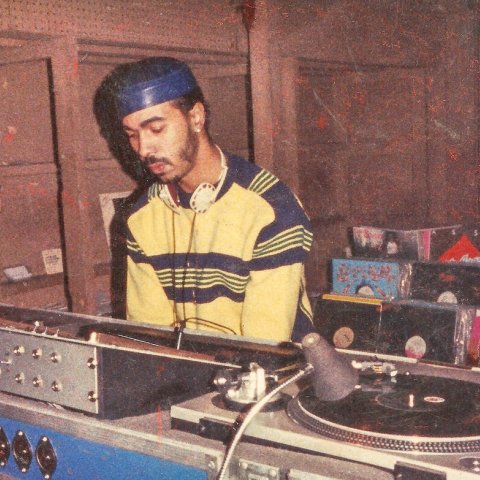


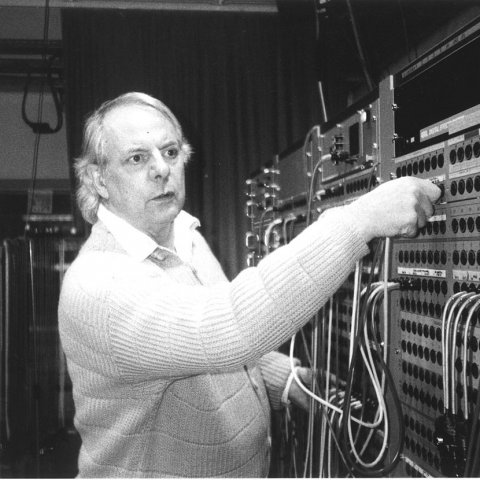






 Other blog items you might be interested in...
Other blog items you might be interested in...
